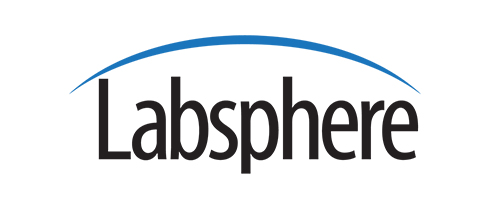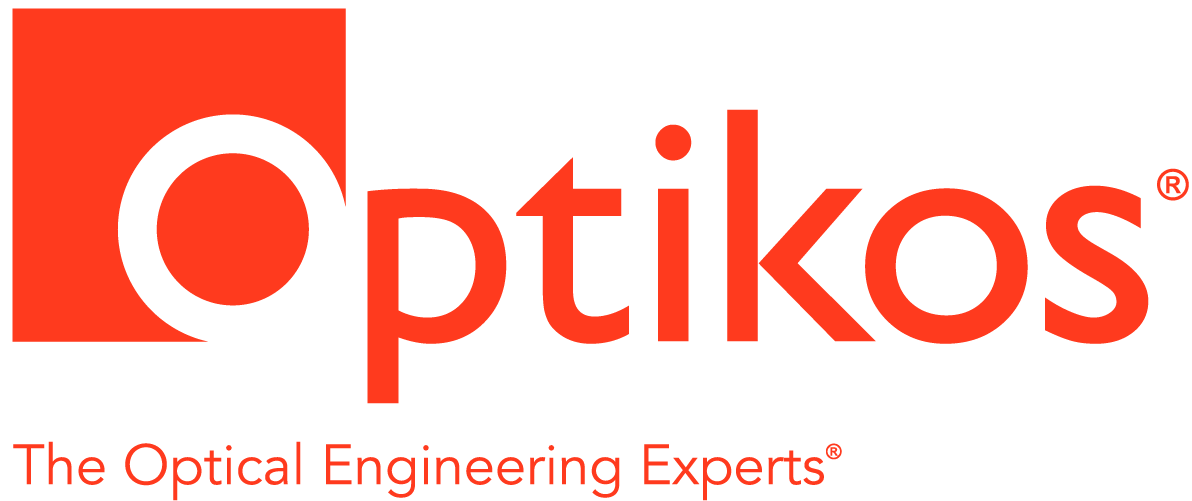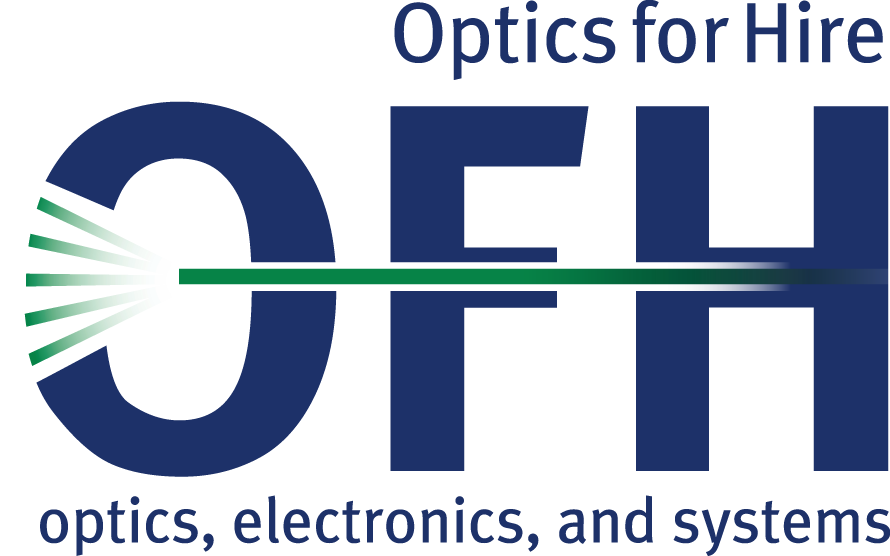Jan. 20, 2011 - Phil Malyak
Meeting Location
Rebeccas Cafe in Newton with access to MBTA Green Line
Laser Phosphor Display
In this talk, we discuss the Laser Phosphor Display (LPD) technology which Prysm began developing in 2005. The technology utilizes solid-state lasers and optical scanning to create an image on a phosphor-based panel. We describe the principle of operation and the key components of an LPD display; i.e., laser engine, phosphor panel, system control and processing. We discuss the unique features of the technology which results in a display that has (1) very low power consumption, and (2) a modular, bezel-free form-factor that allows individual tiles to be configured into large, virtually seamless video walls.




